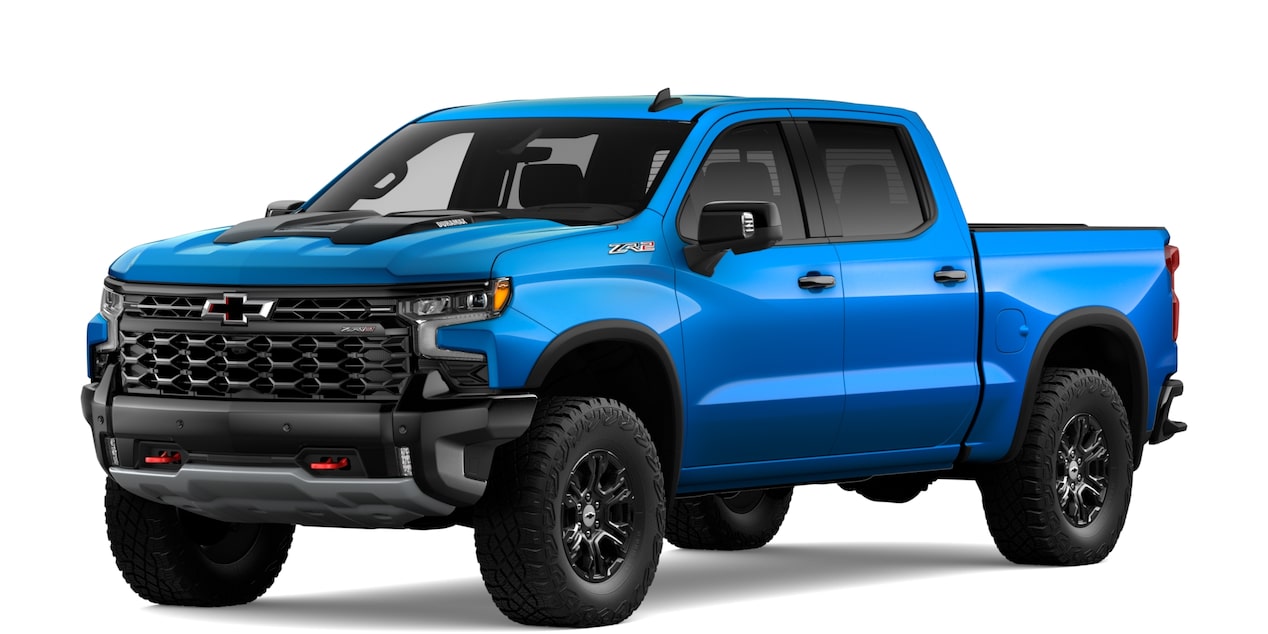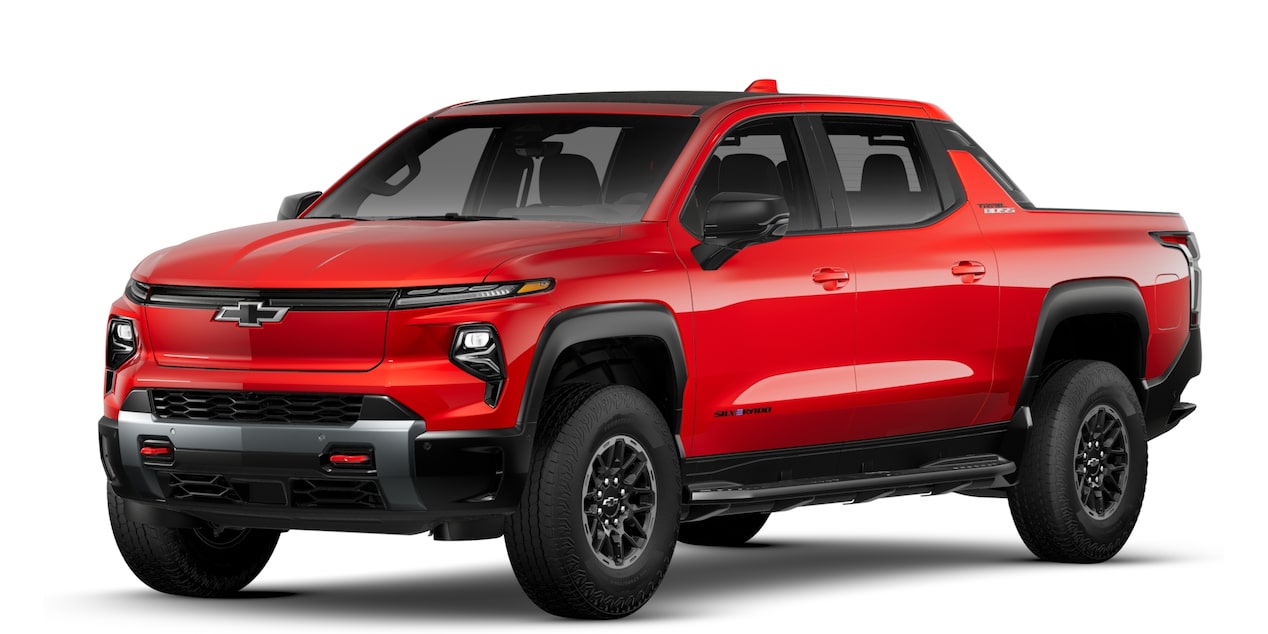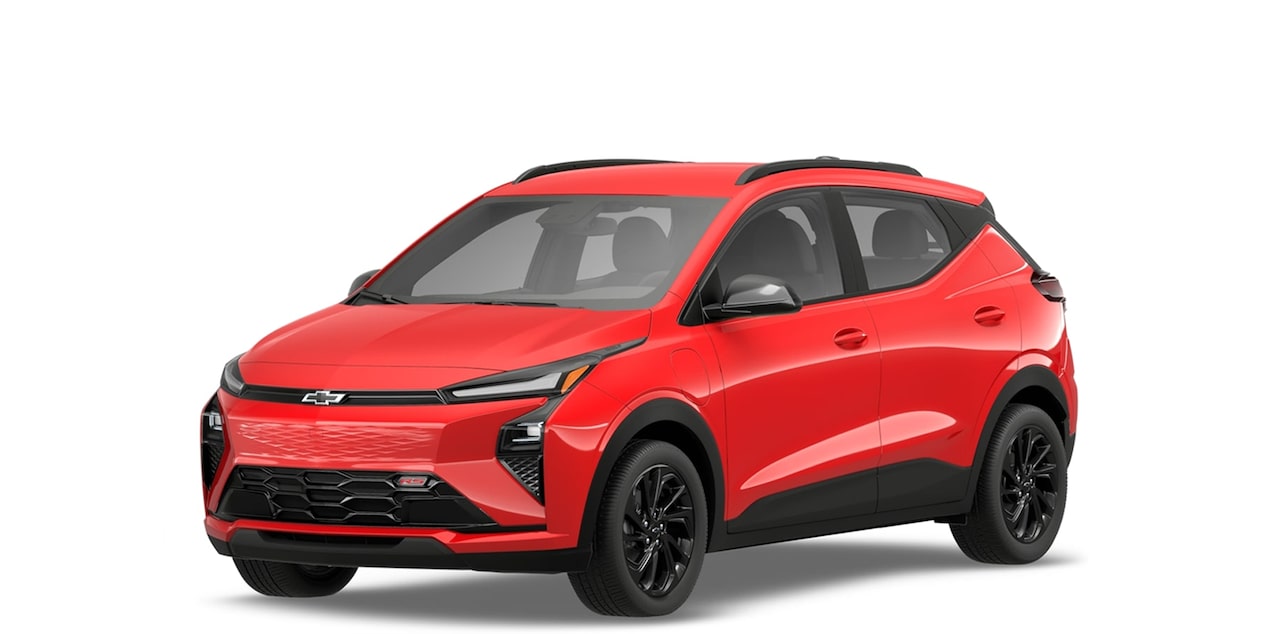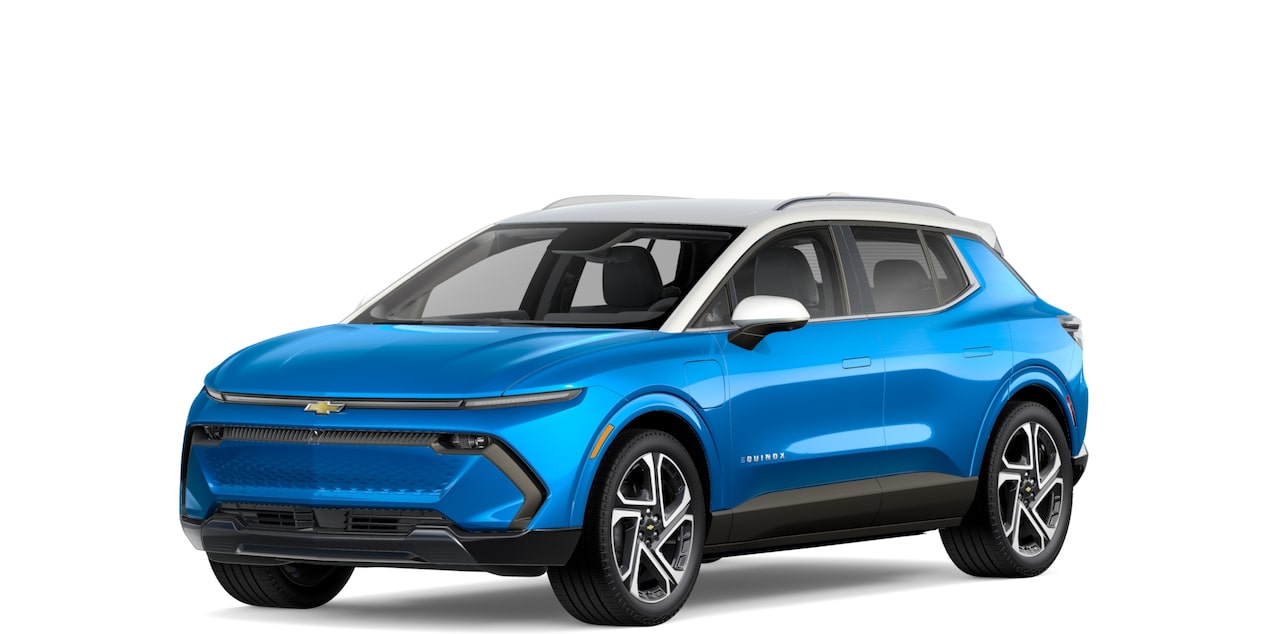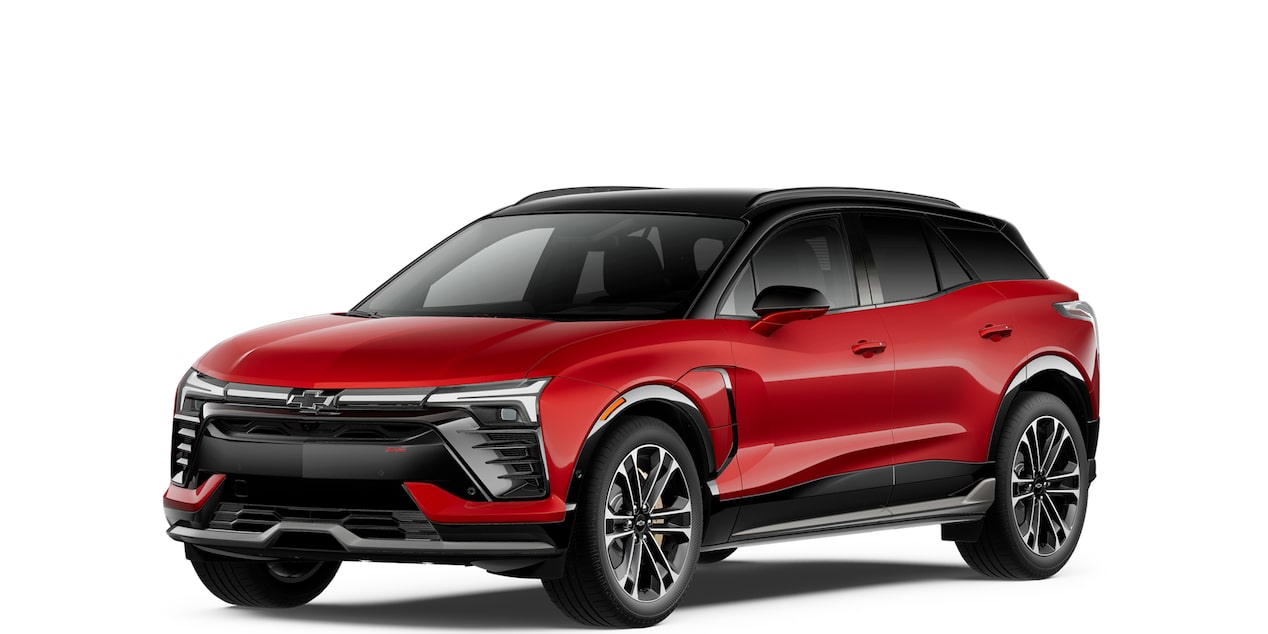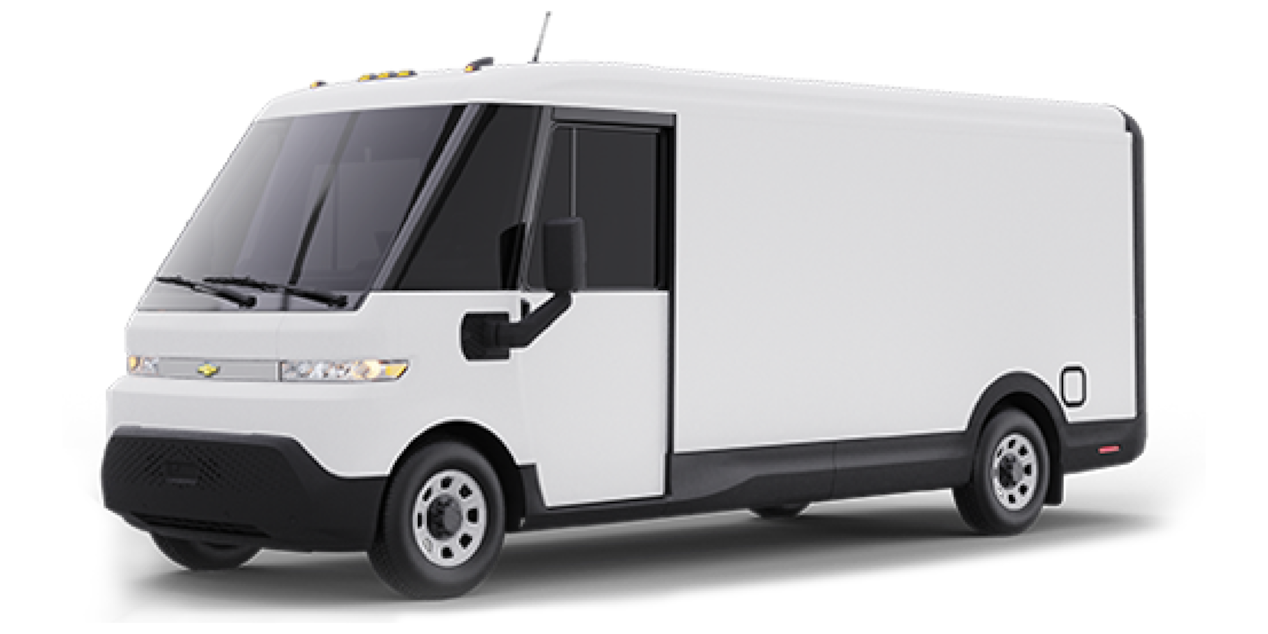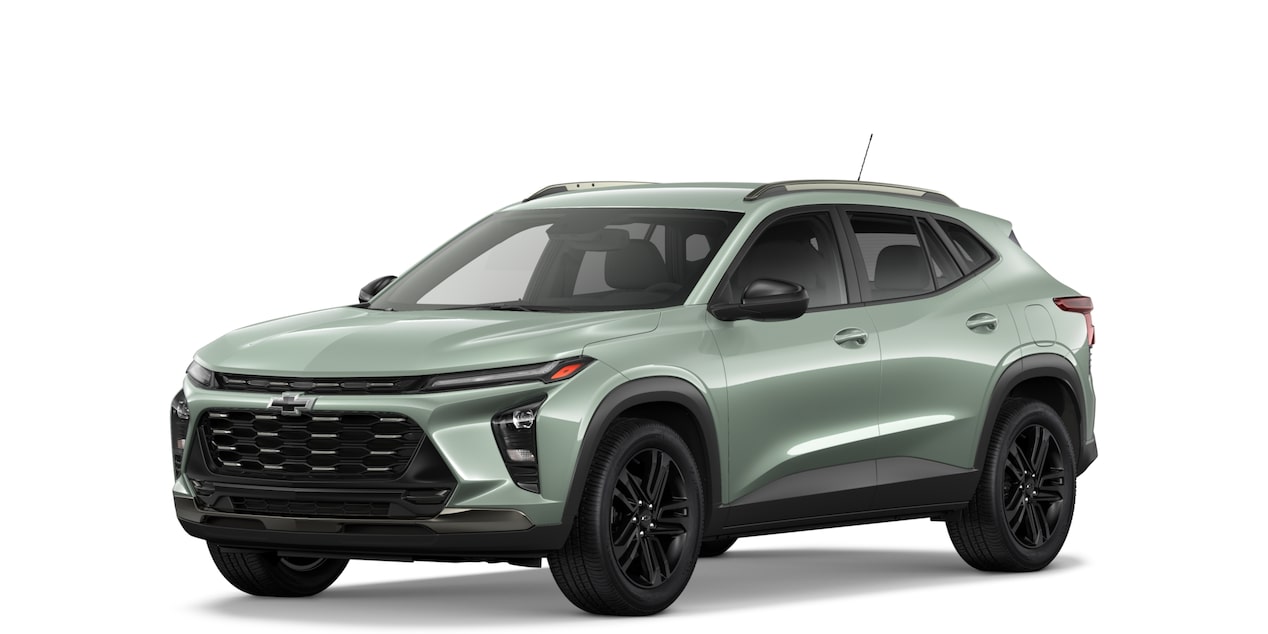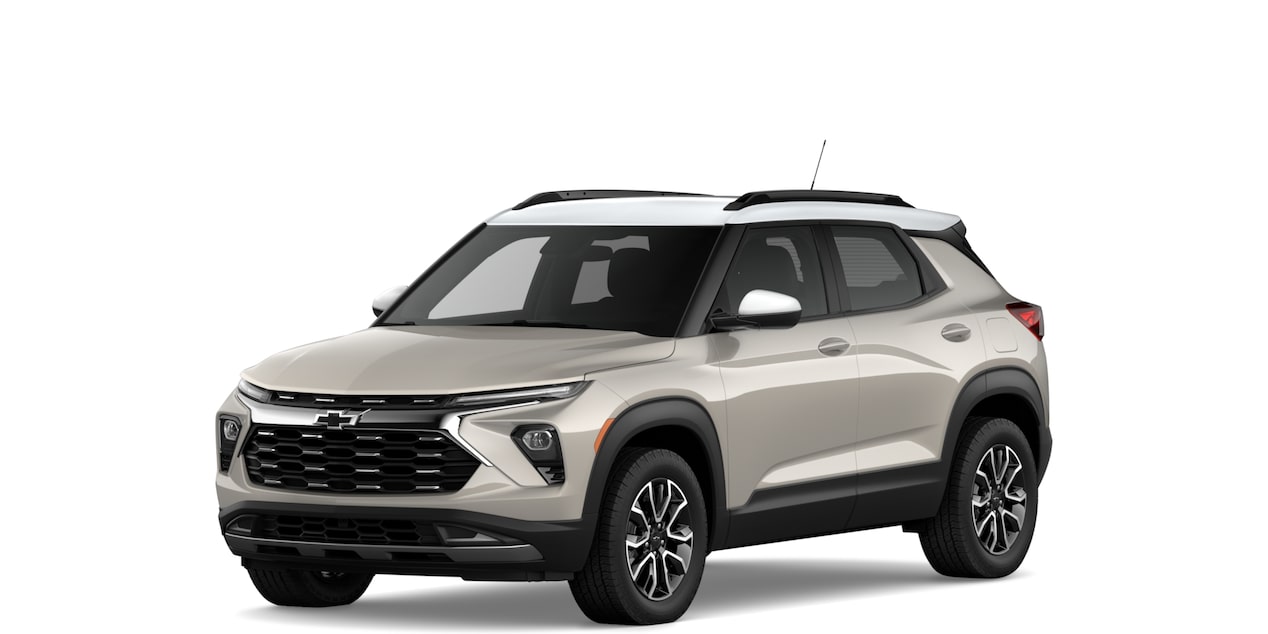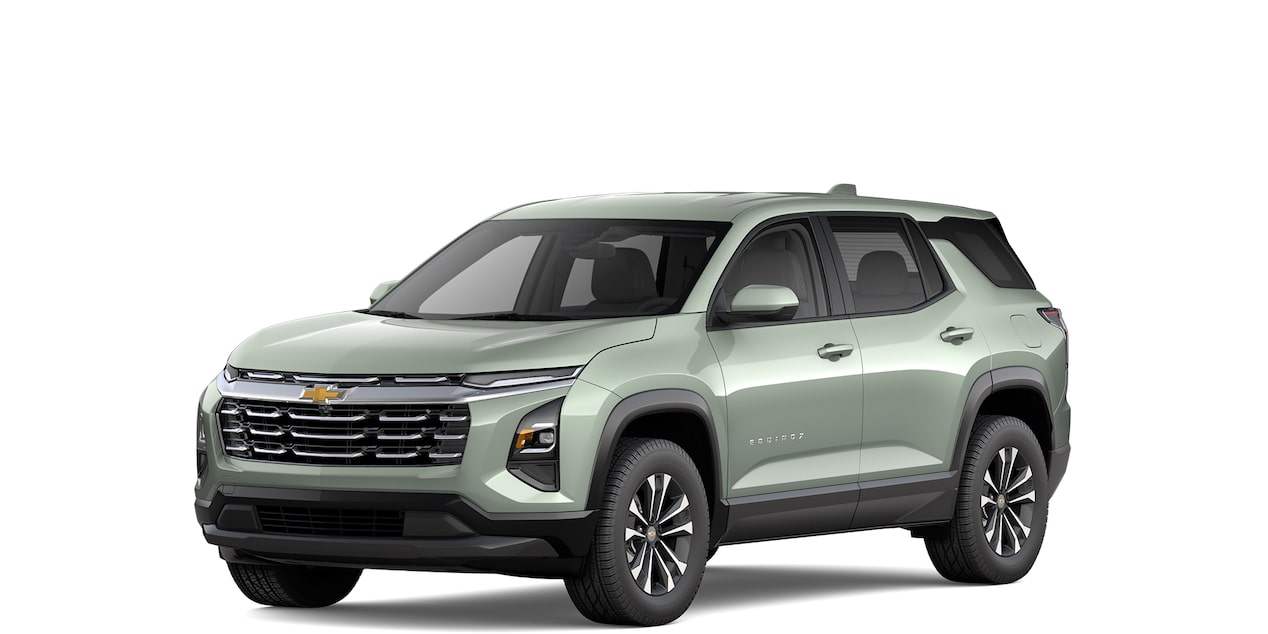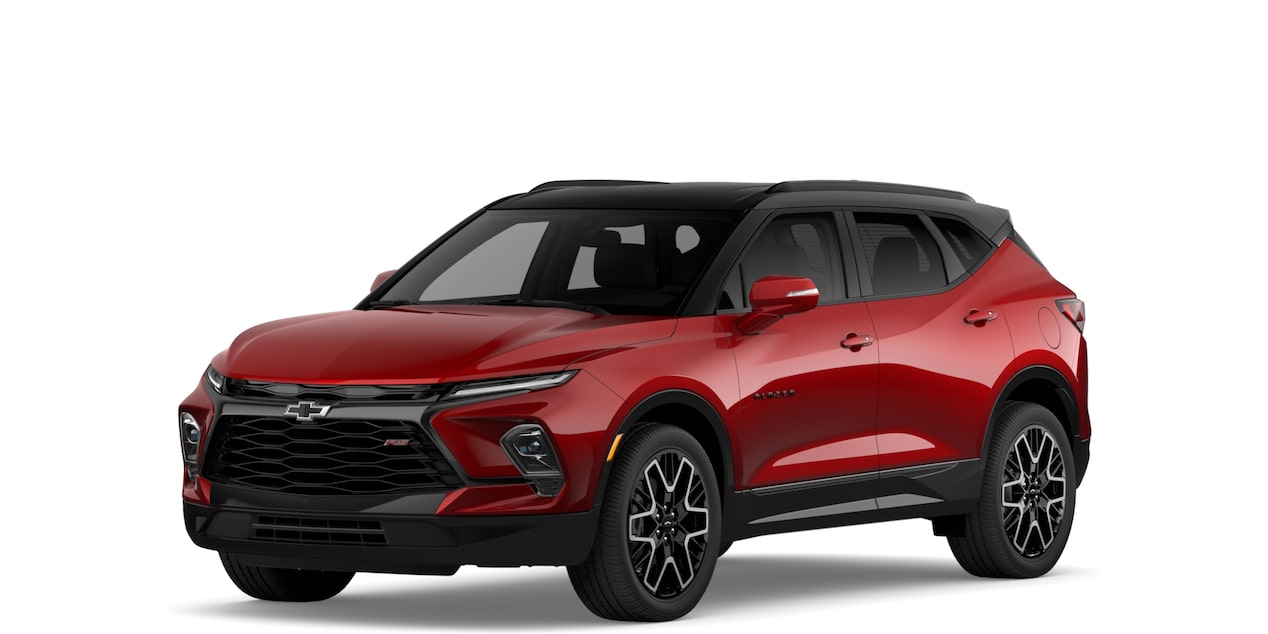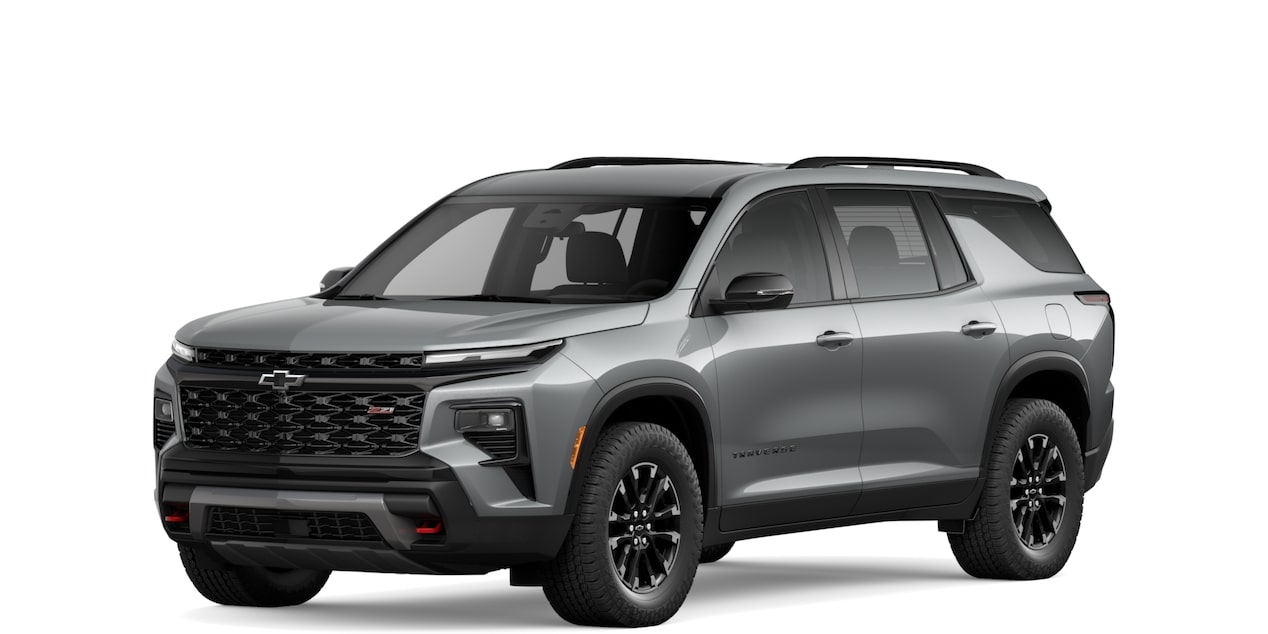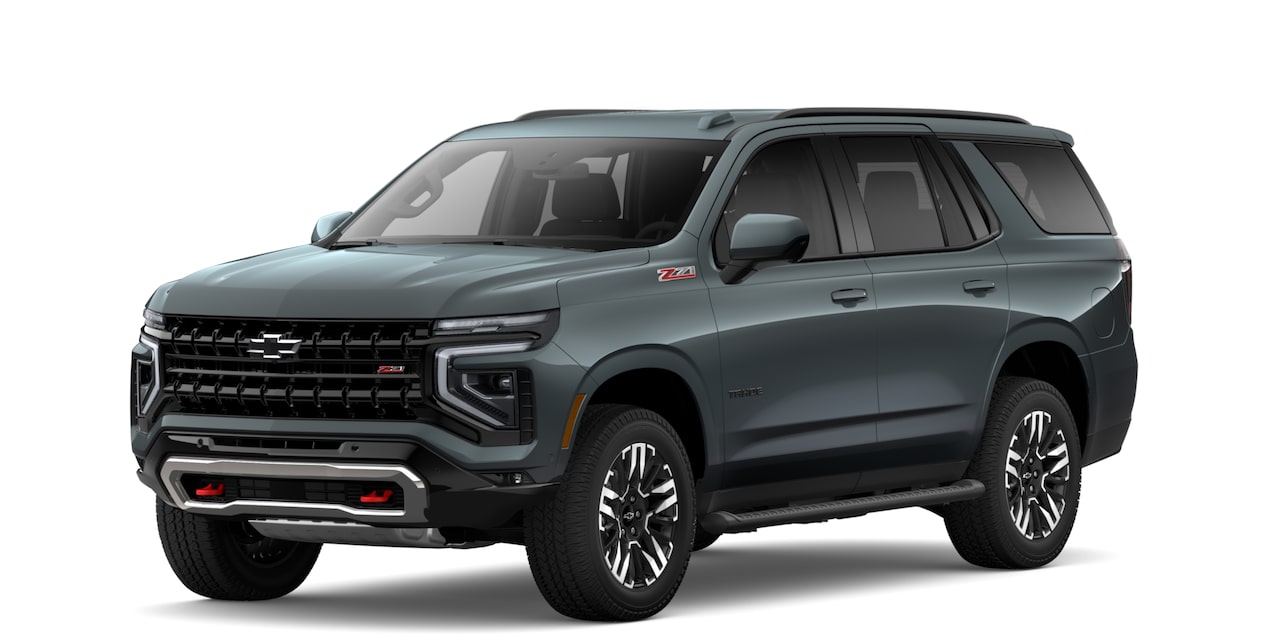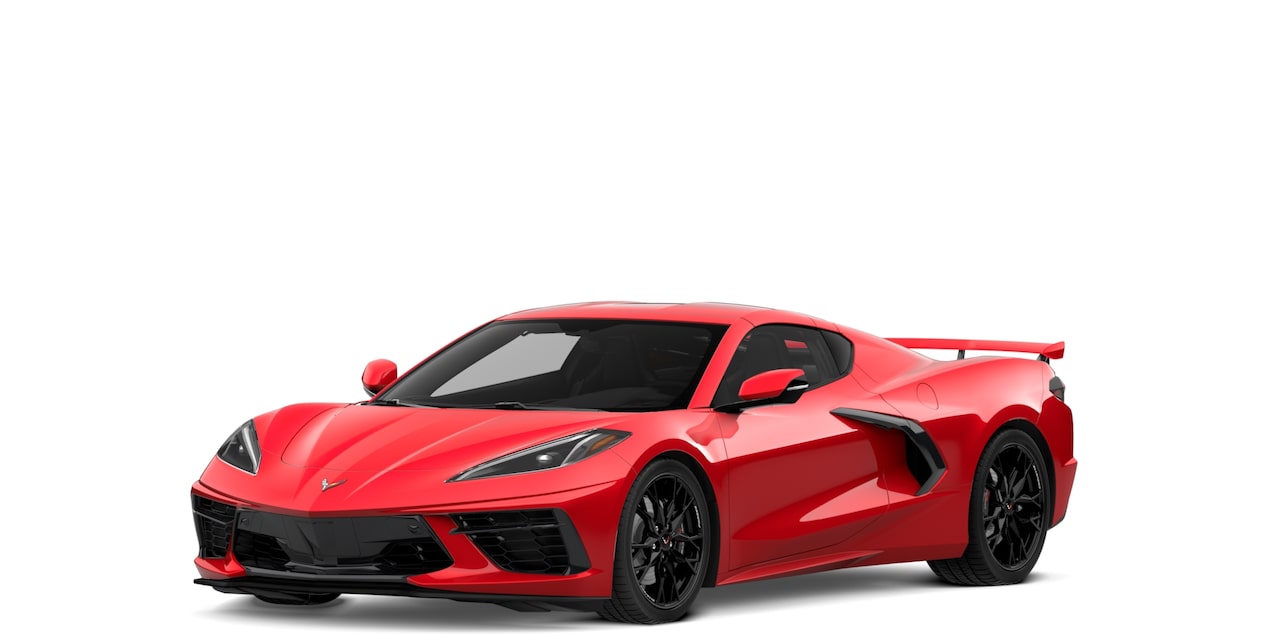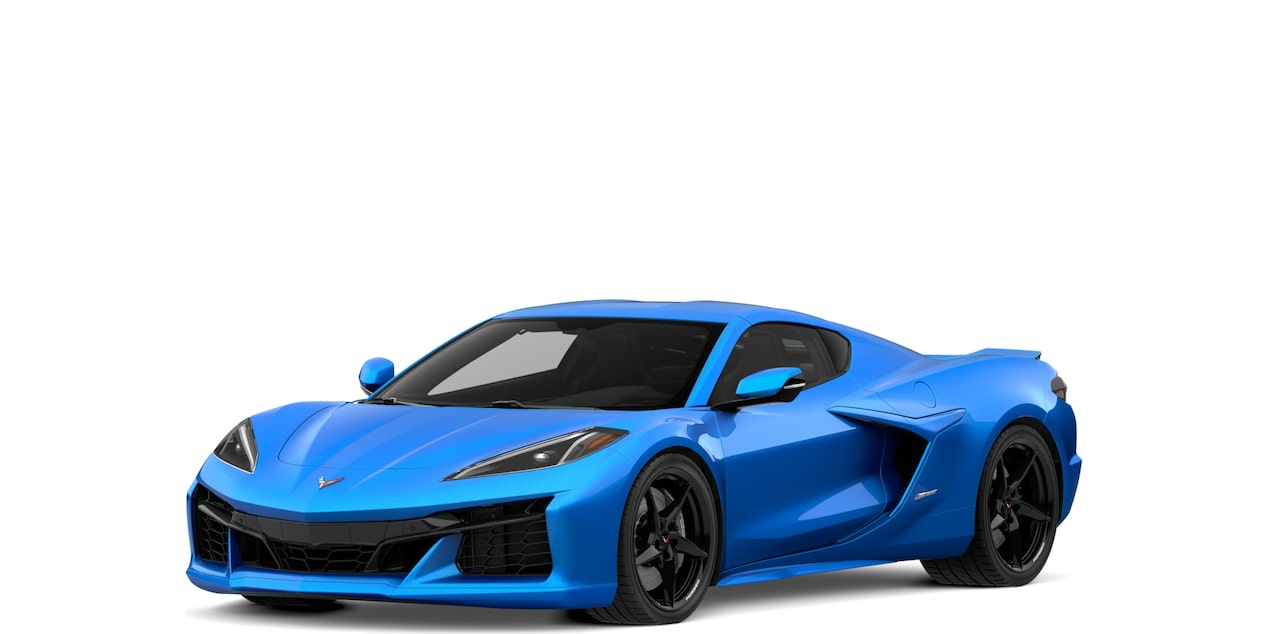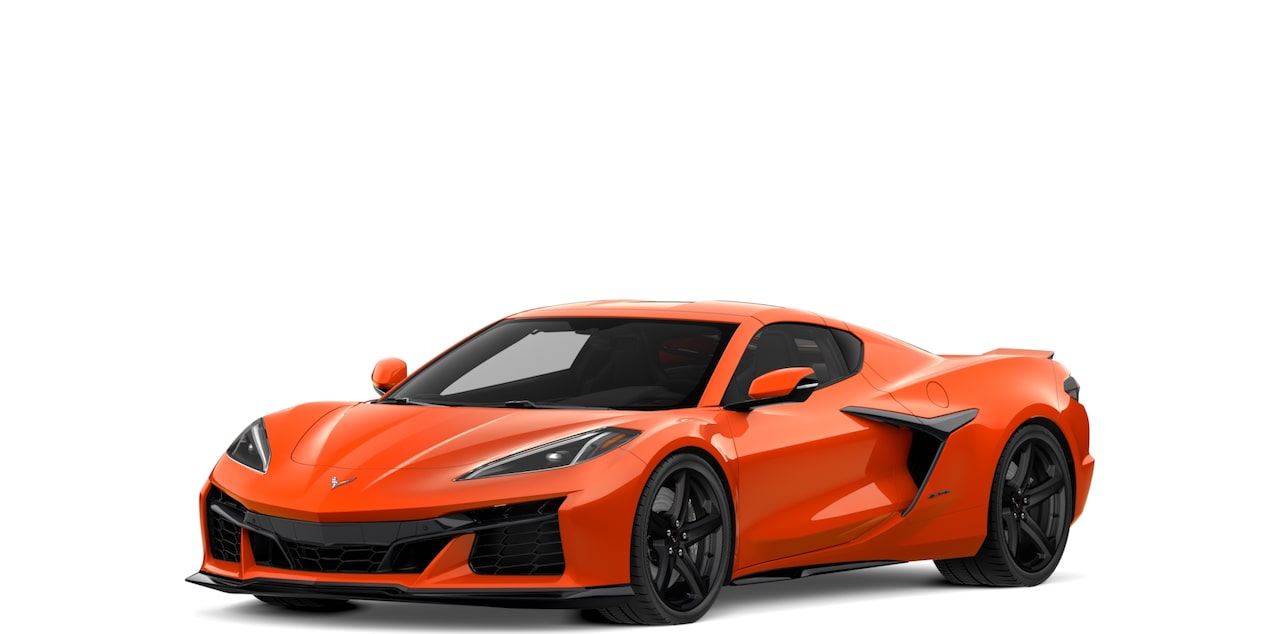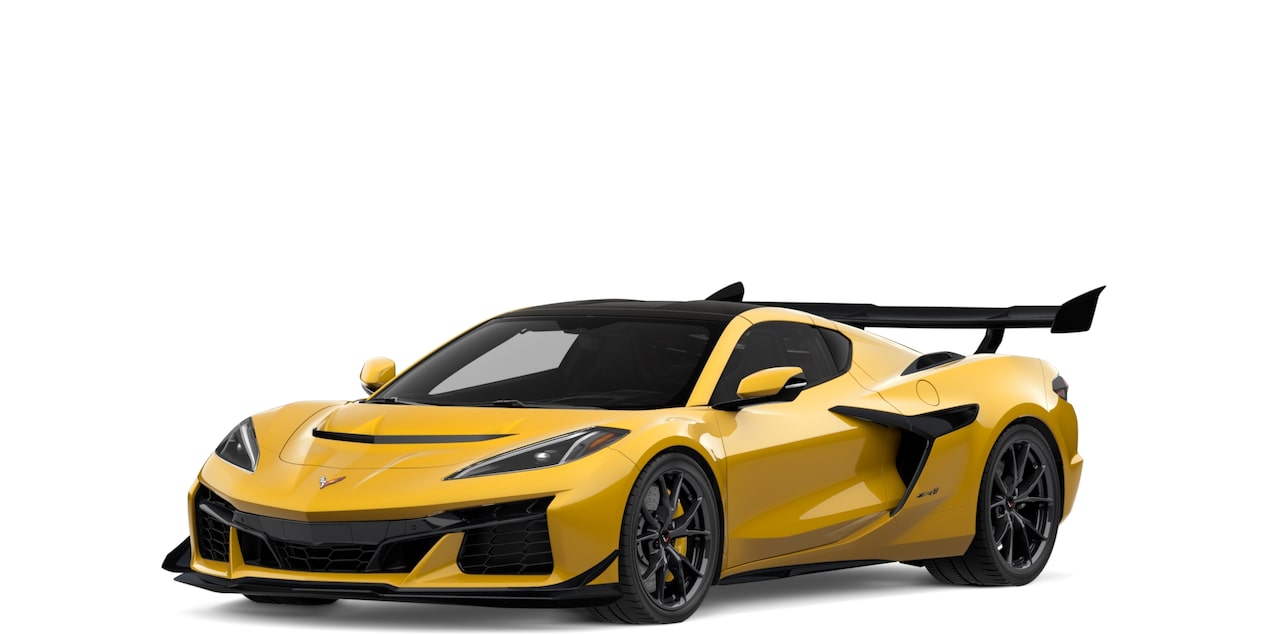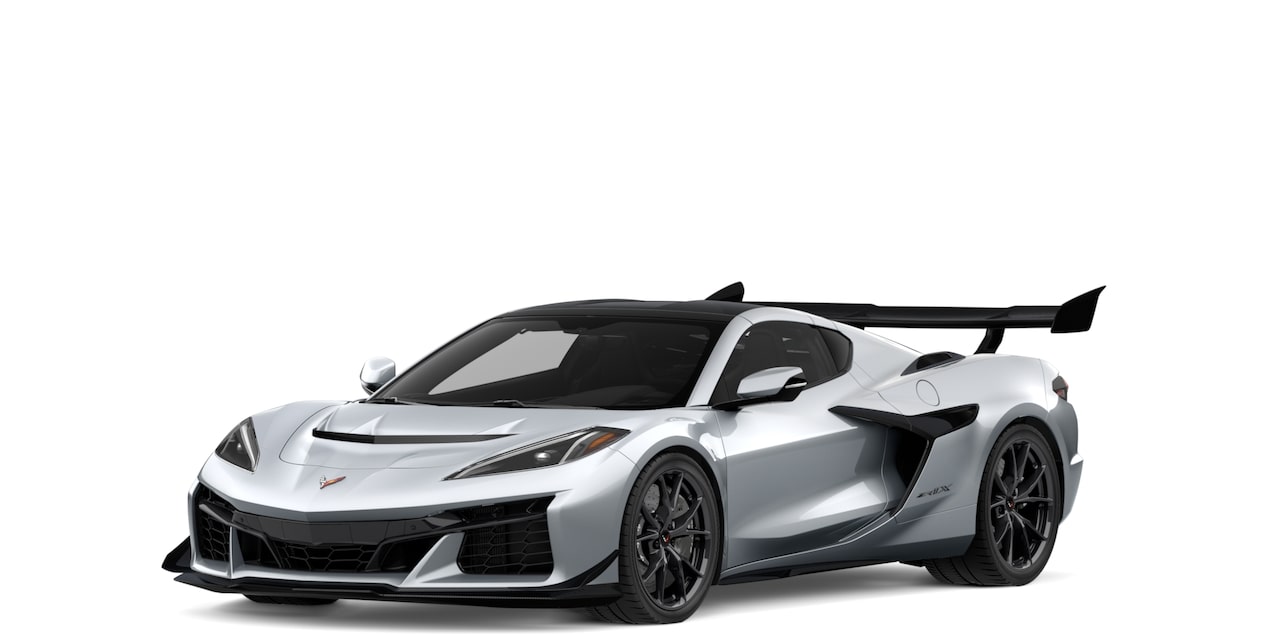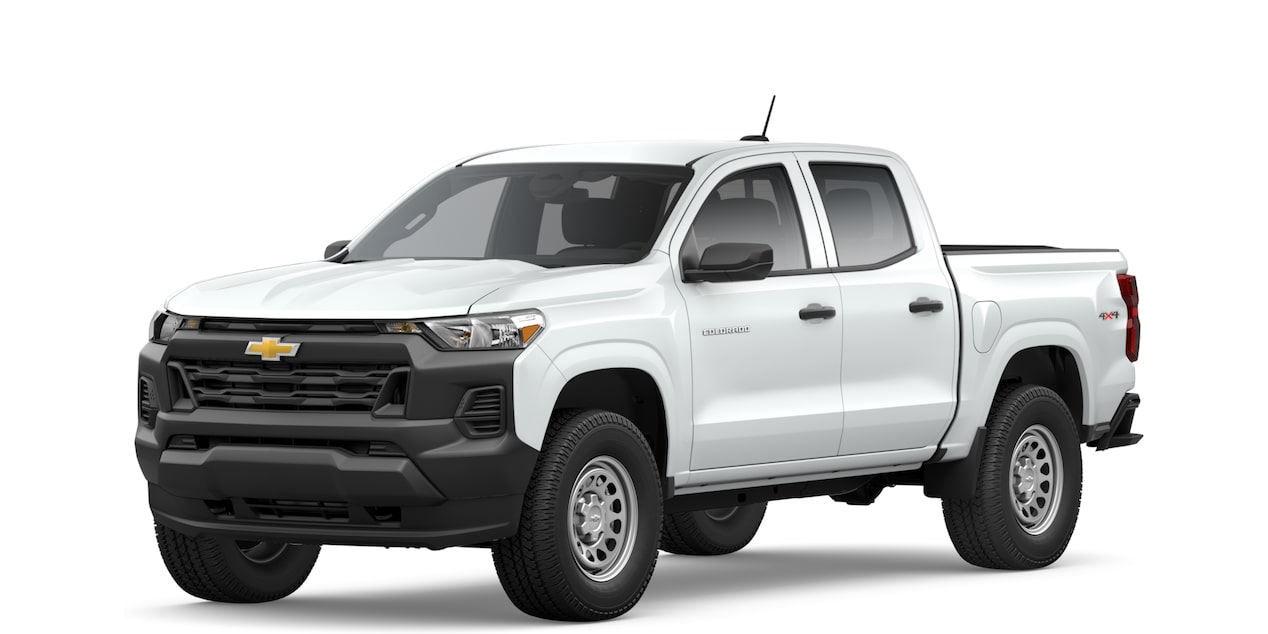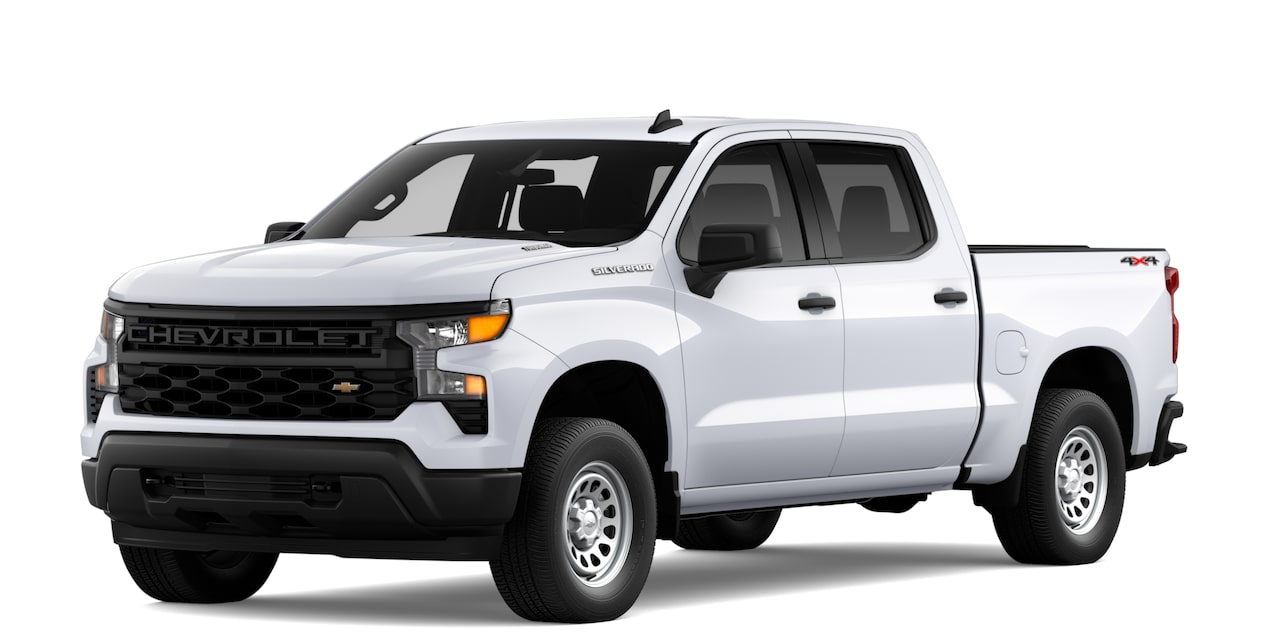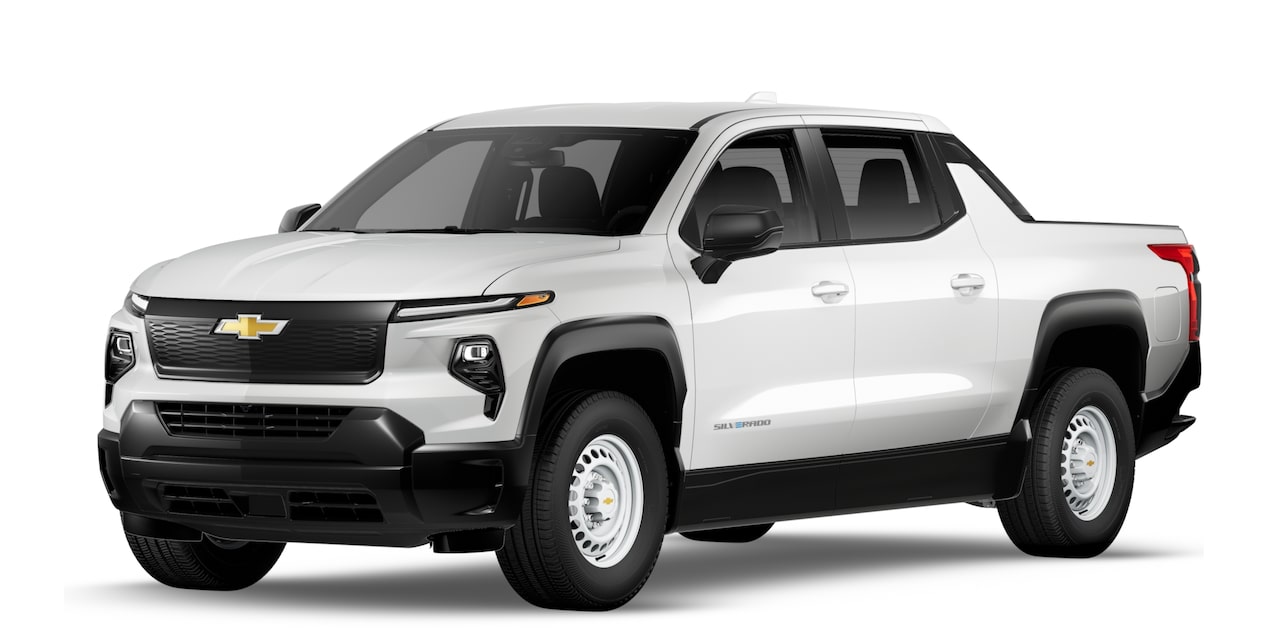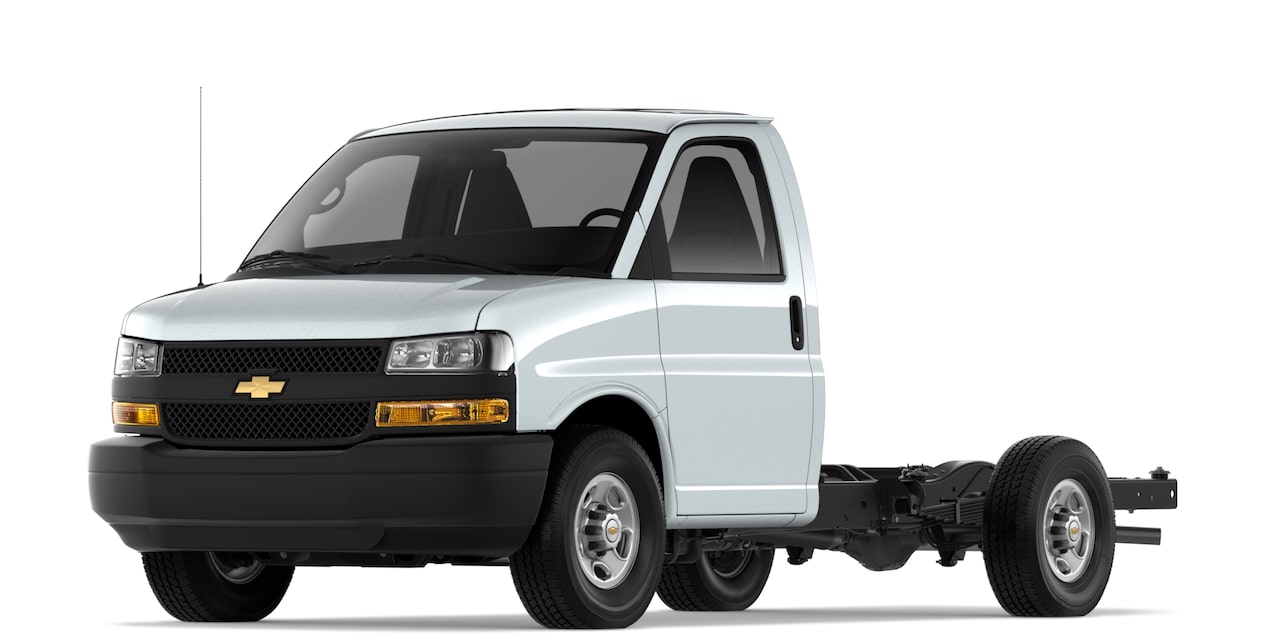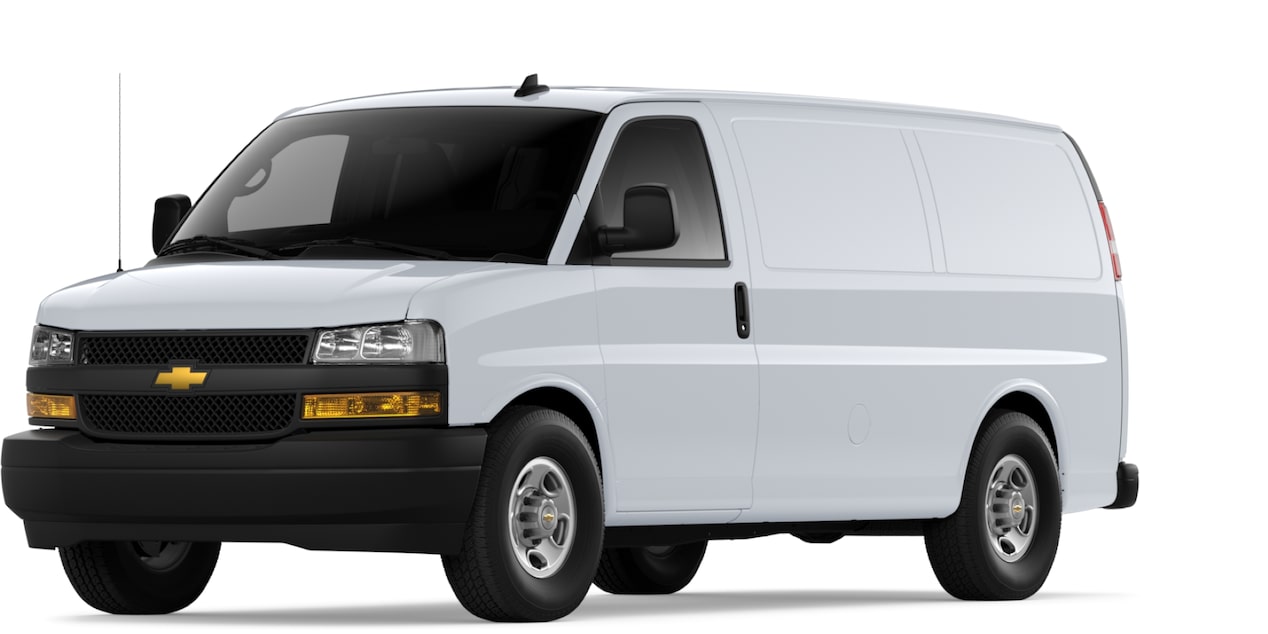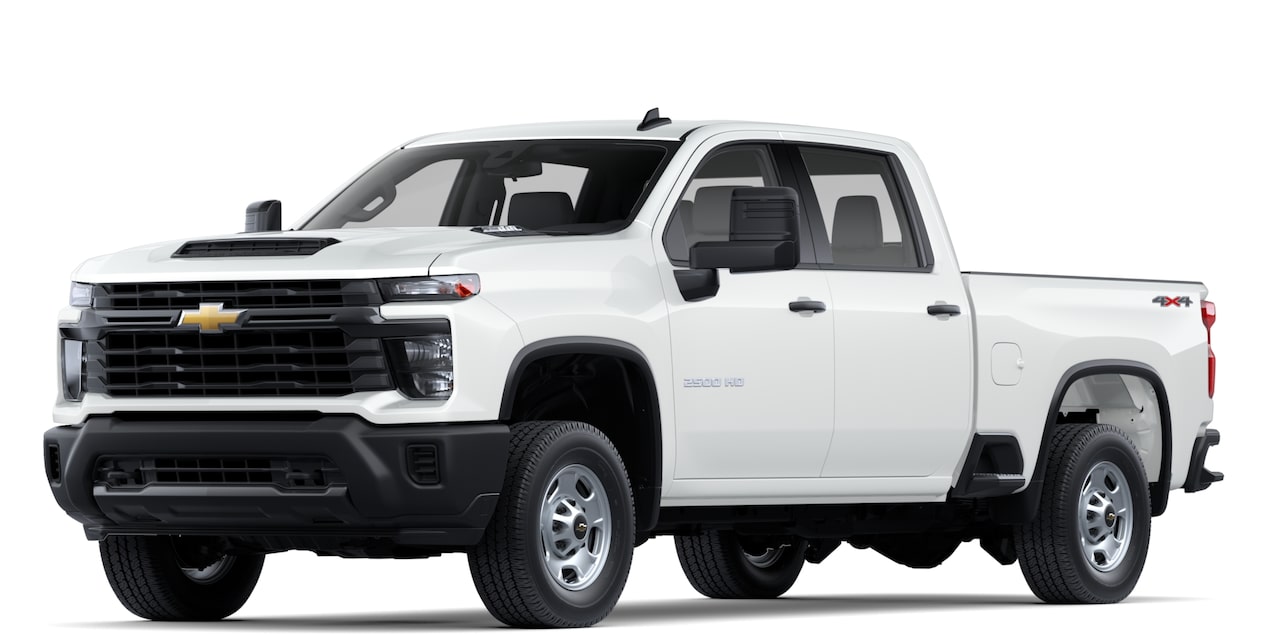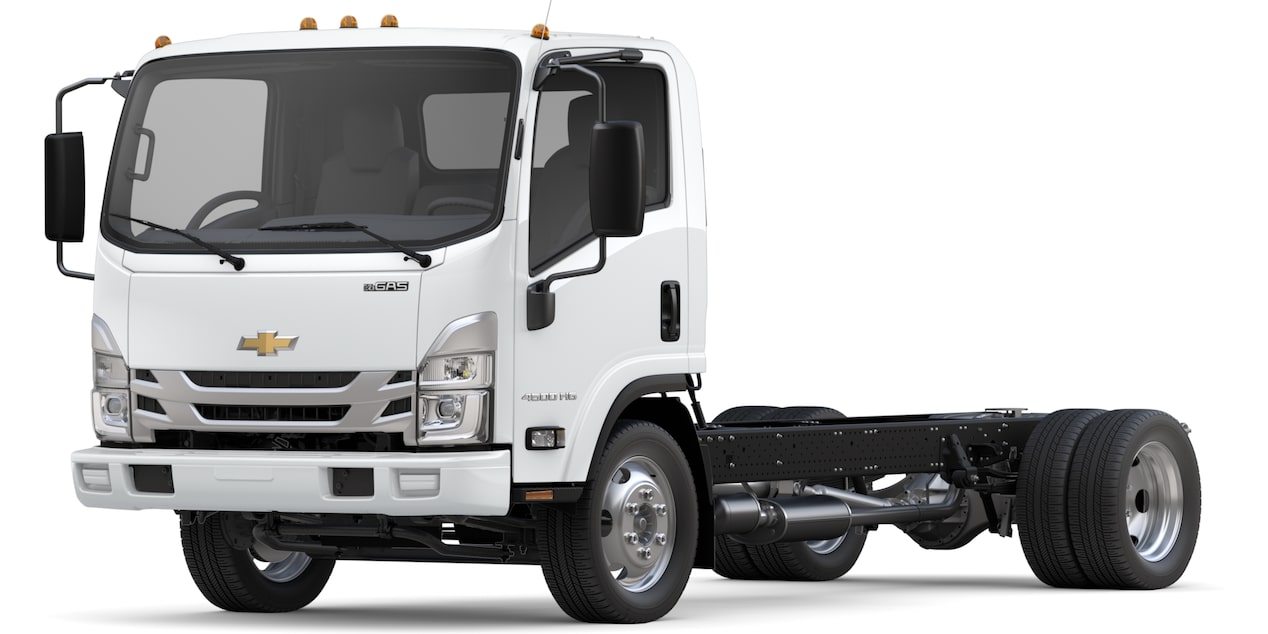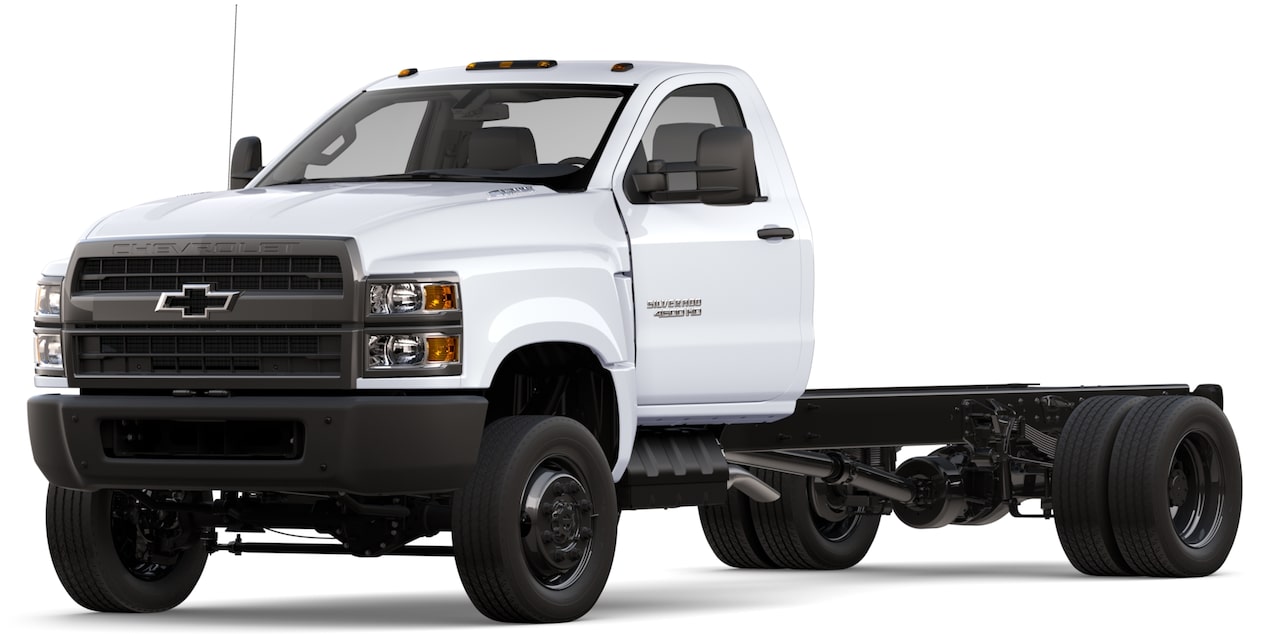How to use the Head-Up Display
If equipped, the available Head-Up Display (HUD) is designed to help you keep your eyes on the road by projecting key information directly onto the windshield or onto a small screen in front of the windshield, low in your field of vision. You can select different page views and adjust the image to suit your preferences.
How does the HUD work?
- Head-Up Display projects information and key warnings directly onto the windshield or onto a small screen in front of the windshield, depending on your model.
- You can select the following page views:
- Speed View, which lets you see:
- Speedometer reading
- Speed limit
- Adaptive Cruise
Control* speed - Lane Departure
Warning* - Vehicle Ahead Indicator (if equipped
- Audio/Phone View, shows you Speed View info plus:
- The current radio station
- Media type
- Incoming calls
Navigation* View: shows you Speed View information plus:- Turn-by-Turn
Navigation* information (if equipped) - Direction you’re heading (if you aren’t currently navigating somewhere)
- Turn-by-Turn
- Performance View, which lets you see:
- Speedometer
- RPMs
- Transmission position
- Gear shift indicator
- Speed View, which lets you see:
- The information shown in the HUD may vary by vehicle
- To turn the HUD on or off, tap the Settings app icon on the center display, then “Display,” then “Head-Up DWarning*isplay.”
Before you start with the HUD
- Before adjusting the HUD, adjust the seat to your ideal driving position. You should sit up straight in the seat to view the display.
- In some vehicles, you have to turn on the HUD in the Settings menu of your center display.
Windshield projection HUD controls
- Physical HUD controls to the left or right of your steering wheel.
- A digital HUD icon on the Control Panel screen to the left of your steering wheel.
- The controls may consist of the following functions:
- Up/down arrows: Raise or lower the display on the windshield by pushing the switch up or down.
- The HUD should be as low in your field of vision as possible.
- Brightness (+/-): Increase or decrease the brightness. Turn the brightness down all the way to turn the HUD off.
- Rotation: See “Head-Up Display Image Rotation” on the next page for more info.
- Up/down arrows: Raise or lower the display on the windshield by pushing the switch up or down.
Combiner HUD controls
- Some vehicles project the HUD onto a screen in front of the windshield.
- This is called a Combiner HUD.
- If you have this feature, you have to turn the HUD on the first time you start the vehicle.
- When the HUD is off, press or lift any of the switches in the HUD controls to turn it on.
- The physical HUD controls are located on the dash to the left or right of the steering wheel.
- You may see a digital HUD icon on the Control Panel screen to the left or right of your steering wheel, depending on your vehicle.
- Once the HUD starts to open, release the switch and the HUD will finish opening automatically.
- The physical controls may consist of the following functions:
- HUD Up/Down arrows: Push the switch down or up to raise or lower the HUD image once the HUD is turned on and the HUD screen is up.
- INFO switch (not on all vehicles):
- When the HUD is on: Press down on the Info switch to cycle through and choose from available page views.
- When the HUD is on: Lift and hold the Info switch up to turn the HUD off. Once the HUD starts to close, release the switch – the HUD will finish closing automatically.
- Dim (+/-) Brightness switch:
- Increases and decreases the HUD image brightness when the HUD is on
- Rotation: See “Head-Up Display Image Rotation” for more info
- HUD Control Panel
- If your vehicle has digital HUD controls on the Control Panel screen to the left of your steering wheel, follow these steps to select what content your HUD displays:
- On the center display, tap the Settings icon, then tap “Display,” then select “Head-Up Display”
- If your vehicle has digital HUD controls on the Control Panel screen to the left of your steering wheel, you’ll see a “Brightness” option that allows you to increase or decrease the HUD image brightness when the HUD is on
Rotate the HUD image (if equipped)
- In some vehicles that display the HUD directly onto the windshield, it may occasionally appear slanted, with either the right or left side higher.
- To adjust this, you can access a menu feature in your cluster display that lets you rotate the image on the windshield until it appears straight.
- Different vehicles have different menu features, so check your Owner’s Manual to learn how to navigate the menu to find this feature. This adjustment cannot be made using the dashboard switches.
- Once you locate the HUD Rotation feature, you’ll see a graphic with an arrow that lets you choose the preferred angle.
- Use the steering wheel control switches to rotate the image on the windshield.
- The Head-Up Display image follows the angle of the arrow and rotates it in small increments.
- Push the steering wheel control switches until the angle looks straight.
- If your vehicle has digital HUD controls on the Control Panel screen to the left of your steering wheel, follow these steps to rotate the HUD image:
- Typically, you should only need to make this adjustment once, unless the battery is disconnected. That makes the HUD revert to its default setting.
For your security, please don’t include personal info such as phone number, address or credit card details.
Q&As
Looking for something else?
Need more help?
Communicate with one of our specialists.
To find out if your vehicle has this feature, contact your dealer or refer to your vehicle’s equipment list. Please check your Owner’s Manual for more information about features.


